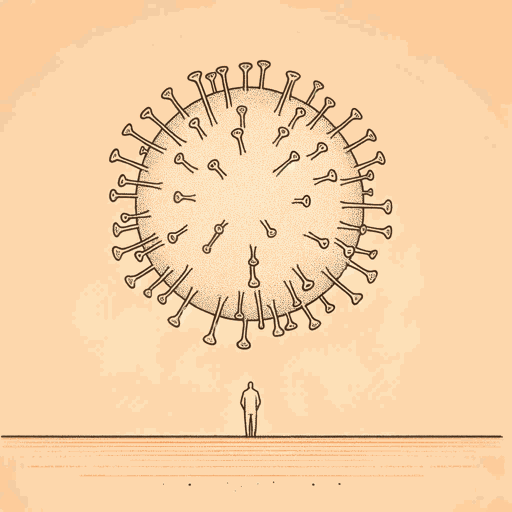82 pages • 2 hours read
David QuammenSpillover: Animal Infections and the Next Human Pandemic
Nonfiction | Book | Adult | Published in 2012A modern alternative to SparkNotes and CliffsNotes, SuperSummary offers high-quality Study Guides with detailed chapter summaries and analysis of major themes, characters, and more.
Part 6Chapter Summaries & Analyses
Part 6 Summary: “Going Viral”
Quammen takes the reader through medical history to examine the long struggle to understand what viruses were. Into the 20th century, experts treated viruses like yellow fever without knowing their cause. Even today, experts debate whether viruses are alive. The discovery of viruses was partly made possible by the development of microscopes, since this led to the “germ theory” of disease—that ailments were caused by tiny organisms. The germ theory’s discoveries, however, were limited to bacteria because they could be seen via available equipment and grown in laboratories.
In the 1890s, a Russian scientist studying disease in tobacco plants discovered that sap put through a filter remained infectious. This “filterable” nature of viruses was their first identified property. Another researcher discovered that dilution did not make the sap less infectious when the diluted sap was applied to a second host—indicating it needed a host to thrive. Eventually filtration techniques were applied to prove that “foot and mouth” disease in cattle was also a virus, and yellow fever, still unseen, was proven to be a virus transmitted by mosquitoes (265). Scientists began using the term “filterable virus” to describe the unseen agents, and the doctor and medical historian Hans Zinsser posited that viruses, like bacteria, could pass between humans and animals.

